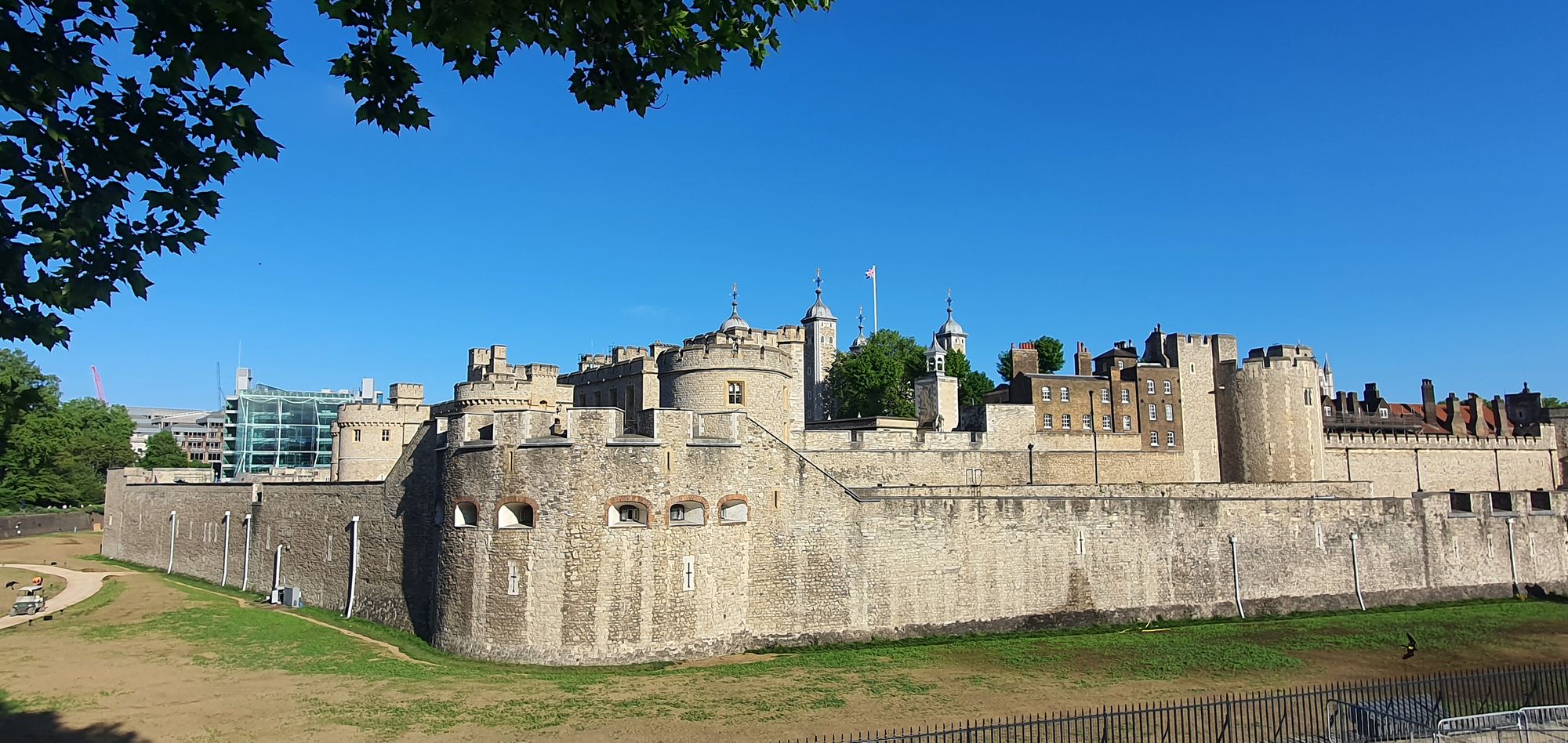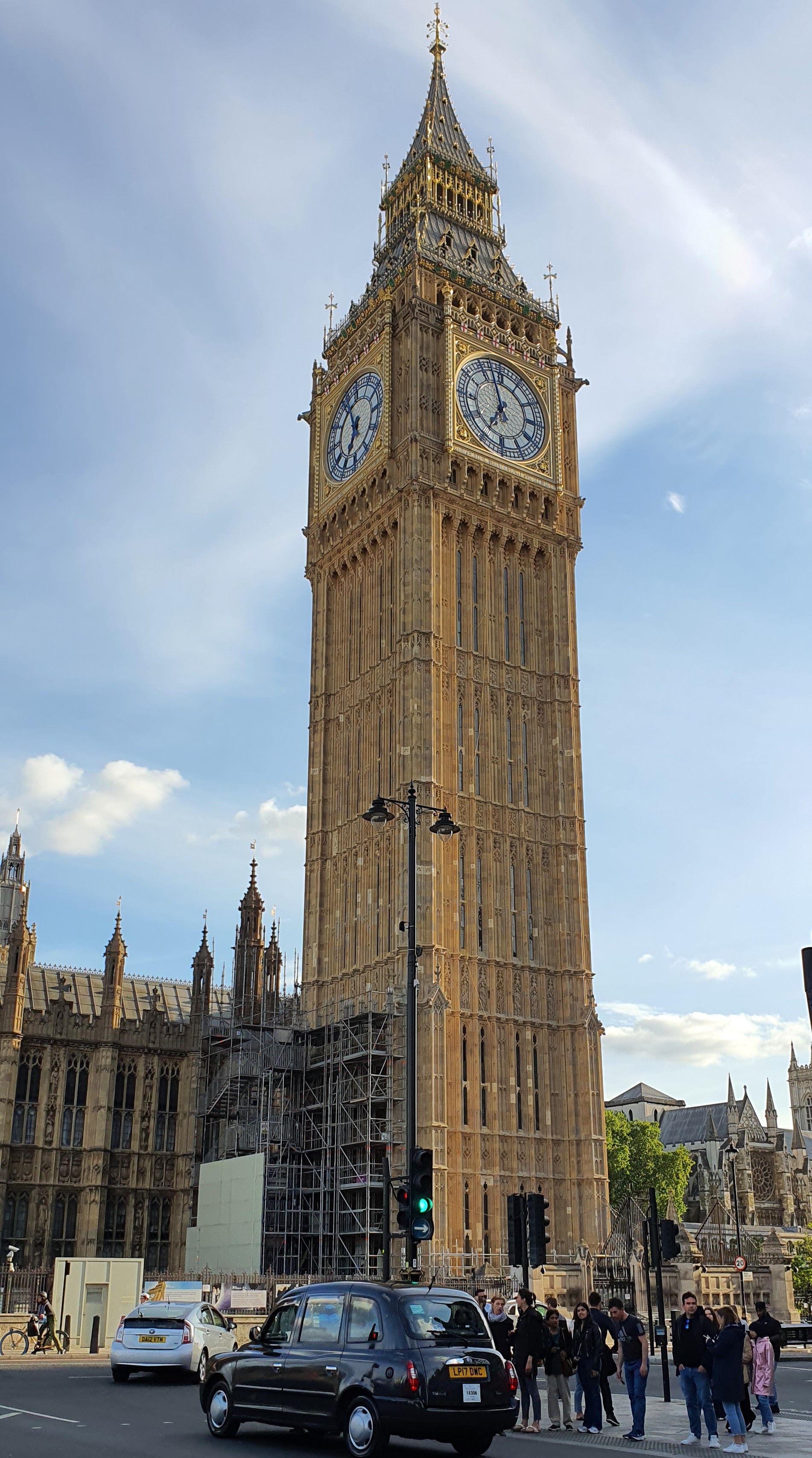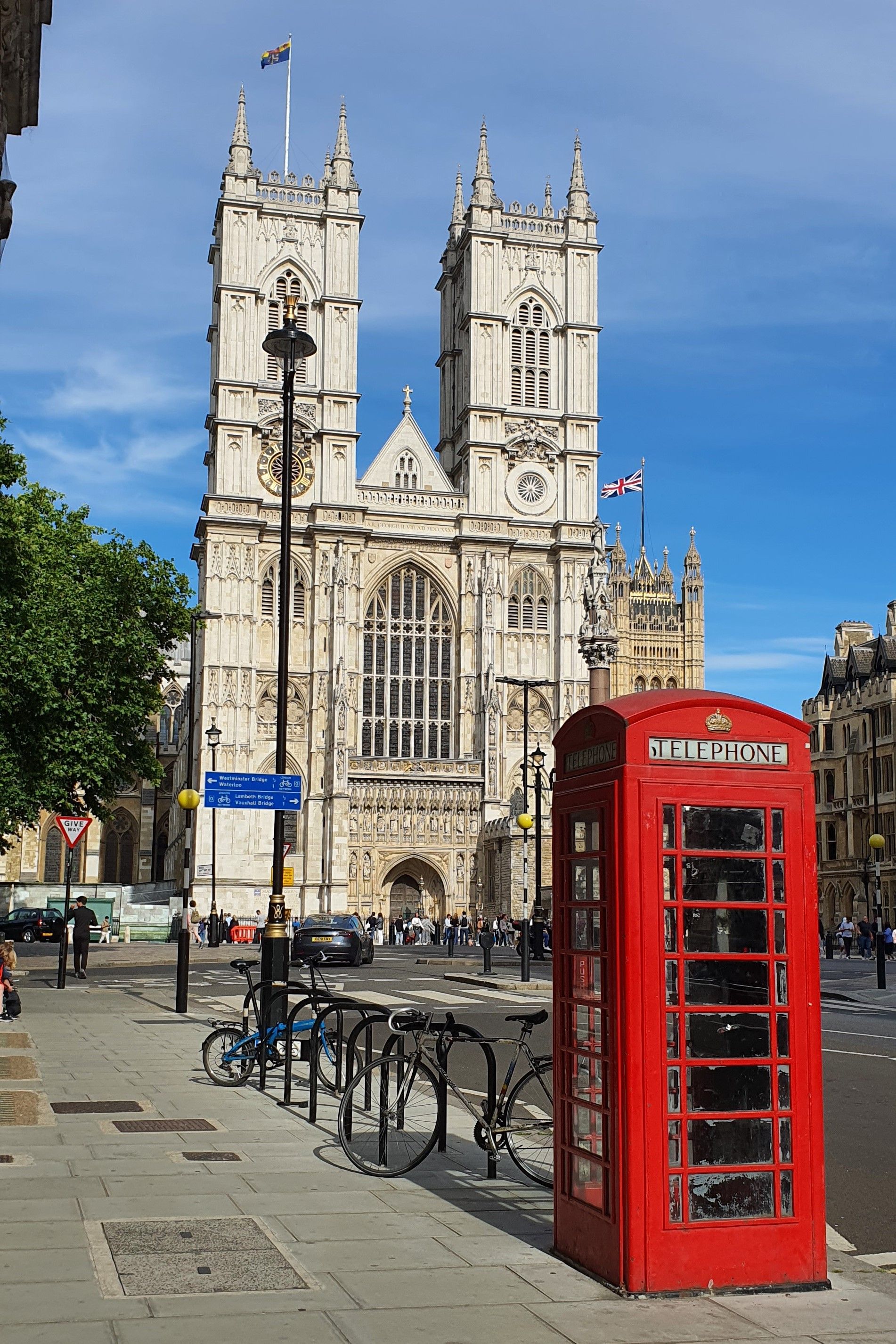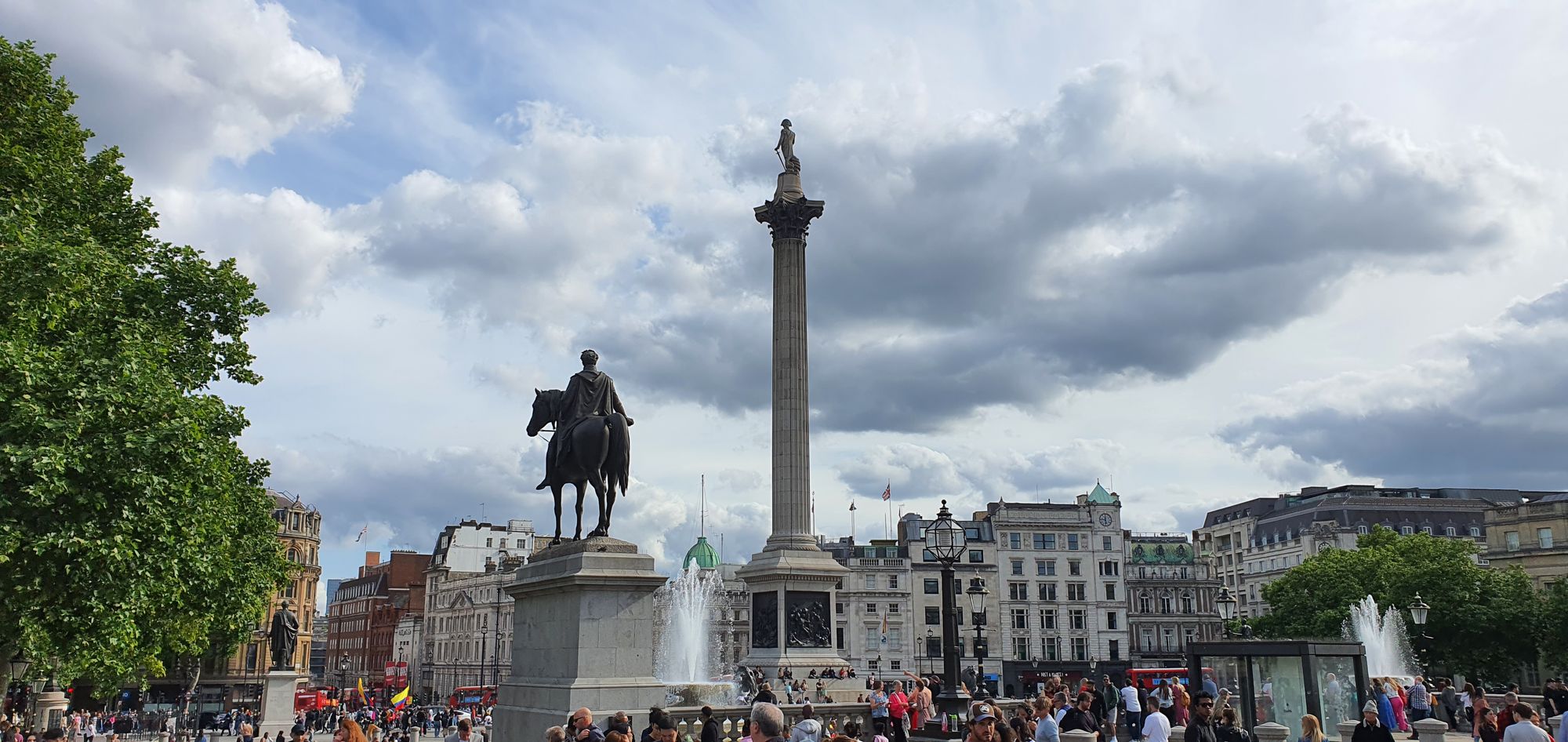Are you looking for the perfect way to experience London? Look no further! London offers cultural and historical sites for tourists to explore. Whether you’re a first-time visitor or a local, a trip to London isn’t complete without a visit to these must-see landmarks.

London is one of the most exciting cities in the world, with a unique history and culture that's unlike any other city. But with so many things to see and do in London, how do you know where to start? This list of top attractions will help you get started on planning your trip:

The Tower of London was a royal residence and prison for more than 1,000 years, and is one of the most popular tourist attractions in the city. It's located on the north bank of the River Thames, near where it meets with The River Thames.
The Tower has been used as a royal palace, fortress and prison since it was built by William the Conqueror in 1066 AD (about 900 years ago). It's also home to some famous British history: The Crown Jewels are kept here!

The British Museum is a museum of human history and culture in London. Its permanent collection, numbering some 8 million works, is among the largest and most comprehensive in existence, spanning 2 million years of history from around the world.
The museum was established in 1753, largely based on the collections of scientist Sir Hans Sloane. The British Museum was originally located in Montagu House in Bloomsbury but moved to its current site on Great Russell Street in 1759-60 when it became available through William Macartney's bequest. It was opened to the public as a national institution on 1 January 1759 by George II's wife Caroline who used her own money (the equivalent today would be about £1 billion) towards building work and endowing new departments.

Buckingham Palace is the royal residence of Queen Elizabeth II (now King Charles III) and his children. It's located in Westminster, London and is open to visitors year-round during daylight hours.
The palace was originally built by John Sheffield, 1st Duke of Buckingham in 1703 as an early 18th century townhouse with gardens designed by William Kent; however it has been expanded over time into what we see today: a vast complex containing numerous rooms including bedrooms and offices as well as beautiful gardens surrounding the building itself (which you can visit). There are also several museums inside Buckingham Palace where you can learn more about British history through artifacts like clothes worn by former monarchs or historic furniture pieces such as chairs made for Queen Victoria's coronation ceremony back when women weren't allowed into parliament!
If you're interested in learning more about how Britain became so powerful after World War II then head over here because there are lots of exhibits including old letters from Winston Churchill himself!

Though Big Ben is the name of the great bell in the clock tower, it's not technically a person. The clock tower itself is called Elizabeth Tower. The bell was named after Sir Robert Walpole, who was Britain's longest serving Prime Minister (1721-1742).
If you want to get close enough to see Big Ben without paying for admission into Parliament, head over to Westminster Bridge and look towards Southwark Cathedral on your left-hand side. You'll see Parliament Hill beyond that with its iconic building looming above everything else in sight!

The Westminster Abbey, also known as the Coronation Church of England, is one of the most famous landmarks in London. It's home to royal weddings and funerals and has been used as a burial place for some of England's most famous monarchs including Henry VII and Elizabeth I.
The Abbey also hosts many other events throughout the year such as Remembrance Sunday Service which takes place every year on the second Sunday in November. The service commemorates those who have died fighting for their country or during wartime service abroad since World War I (1914-1918).

Trafalgar Square is a public square in London, located in the City of Westminster. It is named in honor of the British naval victory in the Battle of Trafalgar in 1805 led by Admiral Lord Nelson.
The square is located in front of The National Gallery, which is a public art museum in Trafalgar Square. It is the most visited art museum in the world, with over 6 million visitors per year. The gallery houses a collection of over 2,300 paintings dating from the mid-13th century to 1900; it also hosts an extensive permanent collection and temporary exhibitions throughout its six floors.
The collection includes works by artists including Rembrandt, Picasso, Turner and Van Gogh. The gallery is a non-departmental public body of the Department for Culture, Media and Sport, and is therefore independent of Government funding. It receives financial support from the Government Equalities Office for its work in relation to disability.

St. Paul's Cathedral is the second-tallest cathedral in the world, and it's no surprise that it makes for one of London's most popular attractions. It was designed by Sir Christopher Wren, who also designed many other famous buildings in London including Hampton Court Palace and St. Bride's Church (the oldest surviving church building).
The cathedral sits on land once owned by King Lud III, who gave it away to Bishop Remigius during his reign as King of France between 838-839 CE. After Remigius died in 861 CE, his successor continued construction on what would become known as St Paul's Cathedral. Building began sometime around 1087 CE under William Rufus (William II), but finished after his death; work resumed under Henry I who became king upon William II death in 1100 CE; Henry oversaw completion of most parts except central tower which wasn't completed until 1314 CE under Edward II.

If you are in London and have time to spare, the London Eye is a must-see attraction. It's one of the most popular tourist attractions in the city, and for good reason--it offers visitors a unique perspective on London from above!
The world's tallest Ferris wheel was built for (EUR) 120 million in 1999 by British developer David Marks on the South Bank of River Thames, opposite Westminster Abbey and Big Ben (Elizabeth Tower). The structure stands over 135 metres tall with an observation deck at 115 metres above ground level. It has 32 passenger capsules that hold up to 25 people each; during peak hours they travel at 1 rotation per minute giving passengers 30 seconds per revolution during which they can get spectacular views across central London before returning again on their journey around this giant wheel.
London is a city with so much to see and do. It's impossible to see everything in just one trip, but these landmarks and attractions are a great place to start!
Now that you know the main landmarks to see in London, would you like to see more? I recommended this Visiting London in a Weekend blog which recommends a route to follow to see these and more places to make the most out of your visit.
Want to know what to do on your next trip? Explore our growing blogs in our MapScratched Travel Blogs site and use the filters that we provide to plan your trips faster.
If you want to become an author FOR FREE and share your travel experiences with other adventurers, make sure you fill in our very short travel author form.